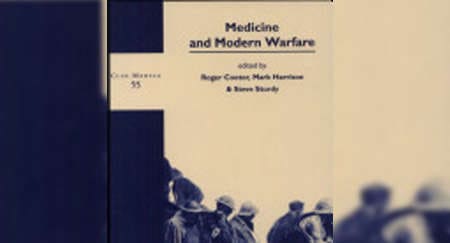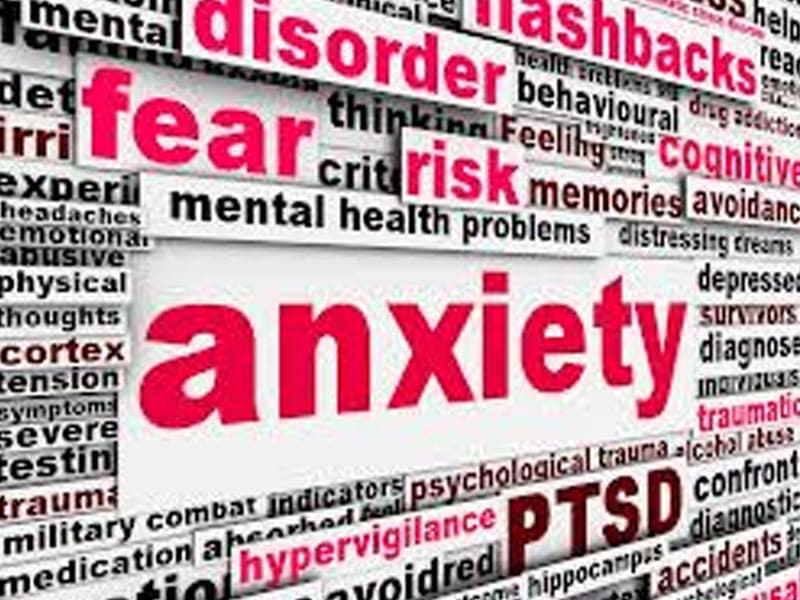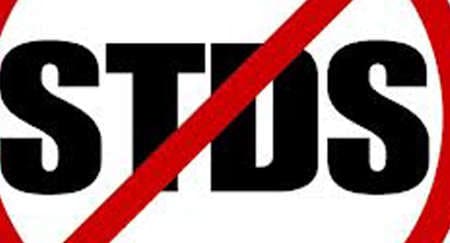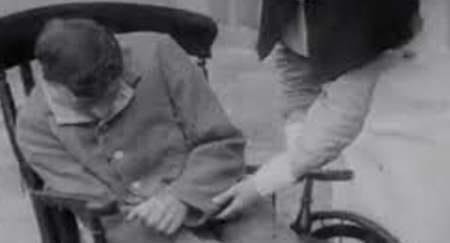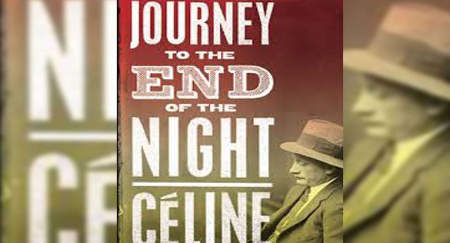Hippocrates stated that ‘war is the only proper school for a surgeon’. There is still some debate about how much influence war and medicine have had on each other. One of the most important books on the role of medicine in warfare, “Medicine and Modern Warfare”, was published in 1999, at the dawn of the 21st Century.
This book provided valuable insights on the relationship between war and medicine, covering a range of national contexts through almost a century (from 1850 to 1945), possibly the bloodiest century ever. But, it was also the century which experienced the largest medical development in war context.
In some cases, war moves medical practices and innovation forward, or refocuses research into specific conditions. That was mainly the case for the 20th Century. New jobs in medicine grew during the 1900s. The vast degree of human suffering caused by warfare (until the 1900s, wars impacted on soldiers more than the civilian population) has led to medical innovation.
One aspect of medical work in wartime which has proved attractive to historians is the abuse of medical power and knowledge (with the willing involvement of doctors in human experimentation in Nazi concentration camps and in Japanese biological warfare establishments). Research concerns have changed together with the role of the army and of the medicine – and mainly with the presence or absence of conscription (as treating a massive conscript army is not the same as treating a small professional one).
“Medicine and Modern Warfare” details different medical experiences in various war fields, from the “medicalisation” of warfare to the “militarisation” of medicine. The book remains relevant today, as it breaks down some clichés in areas such as the relation between war and venereal disease and between war and trauma, contributing to future studies on history and trauma.
One of the chapters examines aspects of the history of war and sexually transmitted diseases in Britain (over 1850-1950). The public anxiety towards venereal diseases was stronger in wartime, probably because of the perception that these diseases were generated at the unstable interface between military and civilian spheres: war brought the military into the public domain far more than in times of peace. Whereas the control of venereal diseases had been previously regarded as a purely military problem, during the war they were increasingly seen as more general problem of the population at large.
The study ‘Sex and the Citizen Soldier’ in the book develops the notion of war as a social crisis. While accepting the traditional view that the Second World War brought a liberalisation of attitudes towards sexually transmitted diseases, the book argues that influential sections of British society sought to reassert control over the bodies of British people (particularly on the armed forces and prostitutes) in the name of health, democracy and good citizenship. The transmission of venereal diseases (VD) was portrayed not so much an offence against God but as an offence against the State.
The secularisation of VD control during the Second World War was the culmination of a trend evident since the First World War. The failure of British servicemen to heed hygienic advice led to a change of policy in the British and other Allied forces after 1942. Army brothels were closed down and civilian ones were placed out of bounds. However, unlike previous conflicts, it was not so much the military effects of VD that concerned the Allied military authorities, but the political and disciplinary implications of high rates of venereal infection which blackened the reputation of the British (and the images of ‘Britishness’) at home and abroad.
The First World War has received far more attention from historians of medicine than any other war (principally with the recent interest in ‘shell shock’). In contrast, there is scant research on the Second World War, with very little written on the war’s medical aspects since the official histories were published in the 1950s and 60s. This was despite the important contribution medicine made to military victory. In fact, the development and use of new medical technologies during the Second World War (mass blood transfusion, new drugs and therapies, etc.) was important but not as significant as the transformation which occurred in military-medical relations, with medicine becoming a vital technical resource.
In the book’s chapter on American psychiatry during and after the Second World War, the author stressed the marked shift in attitudes towards psychiatric casualties of the war that occurred after 1945 and the beginning of the Cold War. During the war, servicemen suffering from anxiety neuroses and other mental disorders associated with combat were treated by military psychiatrics who were knowledgeable about conditions at the front, they considered that anxiety was an understandable reaction to the stresses of combat. Today we would say that these military doctors intuitively knew that some aberrant behaviors need to be considered normal against the madness of the environment: normal madness facing disturbed normality.
After the end of the war, psychoanalytical psychiatrists who had no experience of combat related the mental illness of ex-servicemen not to the trauma they experienced during the battle, but to some innate predisposition to mental illness (the blame went to the over-protective mothers of these young men, who had supposedly smothered the masculinity of the American male). Consequently, the ex-serviceman was denied the opportunity to articulate their experiences of war.
To illustrate the dramatic consequences for the mentally sick person of this denial, the book refers to L.-F. Céline’s book ‘Journey to the End of the Night’ where the soldier Bardamu during the First World War could not express his trauma, his opposition to the war and his suffering, neither to the military, nor the physicians nor even to the civilians. He couldn’t do so because the grand narratives during the war insisted on masculine vigour, the Fatherland and sacrifice to the war effort.
Bardamu’s continuous sense of dread could not find expression in this language – he could only fall silent and become sick. This is a medical concern which remains today very much alive. The epigraph of a more recent book by two French Psychiatrists (F. Davoine and J.-M. Gaudillière) “History Beyond Trauma” published in 2004 in New York, says “Whereof one cannot speak…thereof one cannot stay silent” (“Ce qu’on ne peut pas dire, on ne peut pas le taire”). This perhaps help explain why current research studies regarding recent wars seem to focus more on the effects of Post-Traumatic Stress Disorder on soldiers and veterans.


